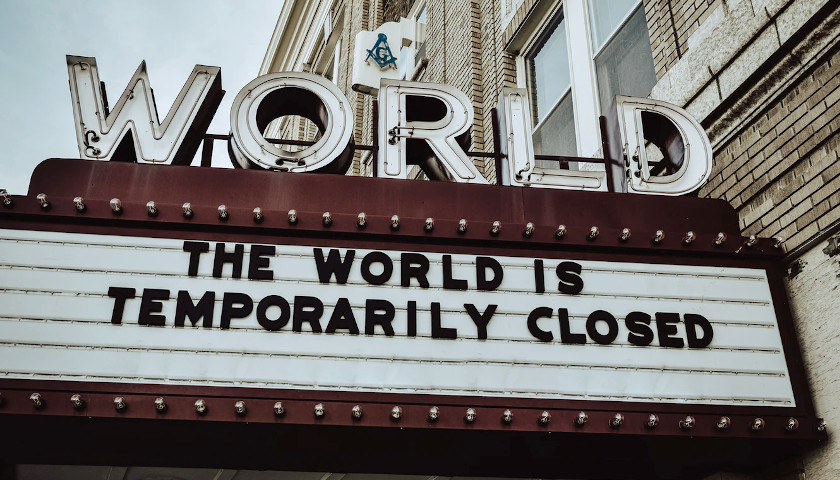As of March 31, 30 of the 50 states have issued stay-at-home orders to residents. Although the names of the orders – shelter-in-place, stay-at-home, stay home, stay safe – vary from state to state, they include at least two common elements: the closure of nonessential businesses and requesting all residents to stay home except for essential trips.
California was the first state to issue a stay-at-home order. Gov. Gavin Newsom (D) did so on March 19. In total, 19 Democratic governors and 11 Republican governors have issued stay-at-home orders. Across all 50 states, there are 24 Democratic and 26 Republican governors.
Of those stay-at-home orders, 24 of the 30 have a specified end date, while the other six are indefinite. The soonest an order expires is April 6 (in Indiana, Ohio, and Washington) and the latest an order is set to expire is June 10 (Virginia).
The exact definitions of nonessential businesses and critical industries vary from state to state, but a memo released by the Cybersecurity and Infrastructure Security Agency (CISA) on March 19, 2020, outlined “the critical infrastructure sectors and the essential workers needed to maintain the services and functions Americans depend on daily and that need to be able to operate resiliently during the COVID-19 pandemic response.” The majority of states either use the CISA in whole or in part.
– – –
Written by The Center Square.




